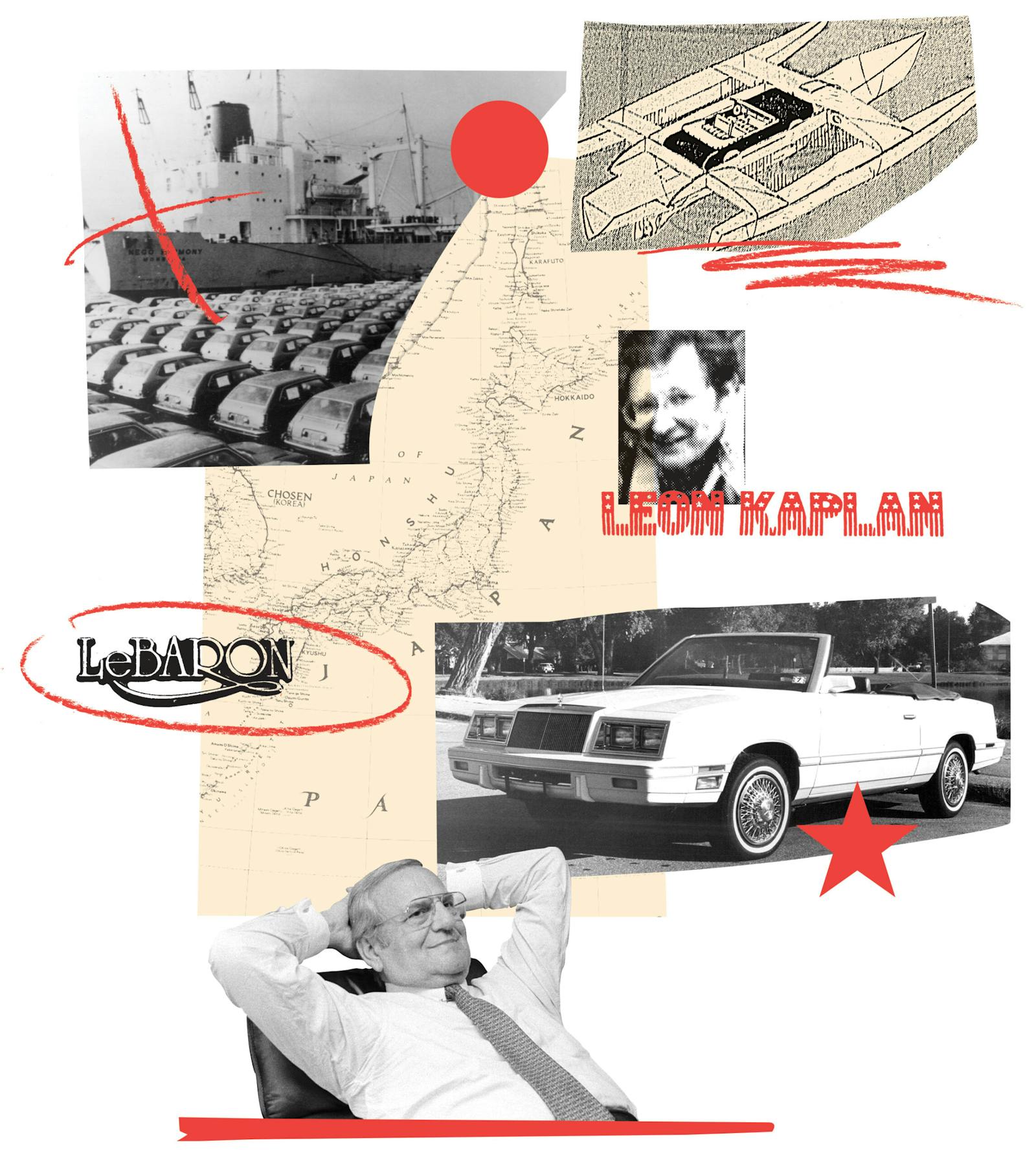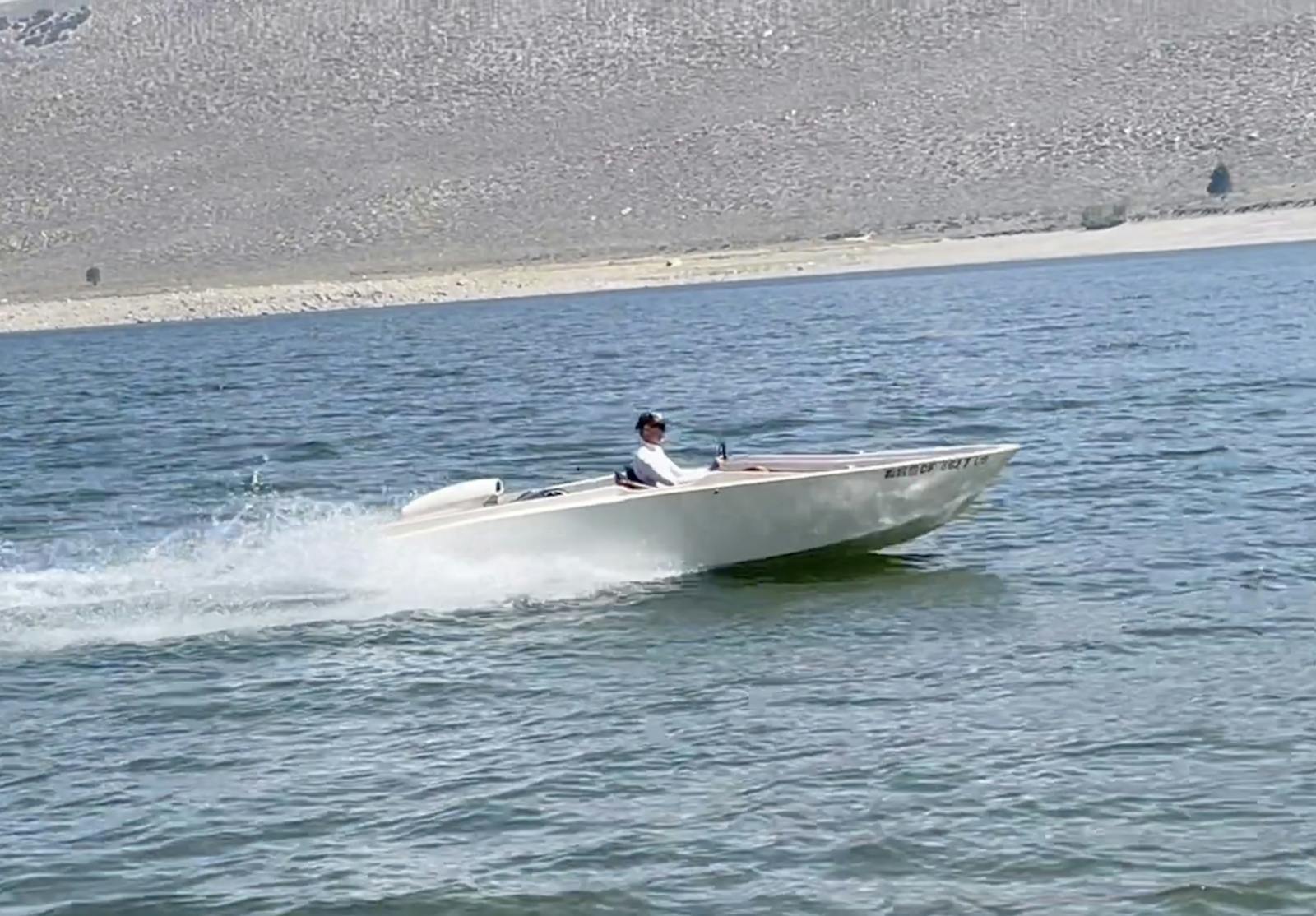Marketwatch: Glasspar G-3 and other classic fiberglass boats are gaining in popularity
Fiberglass became a popular boatbuilding material in the 1950s, and with it came the ability to experiment in non-traditional designs and styles that were previously limited by wood construction.
Bill Tritt began experimenting with fiberglass boatbuidling in the late 1940s. By 1950, the Glasspar Boat Company was born and began producing a line of fiberglass reinforced plastic boats in Costa Mesa, Calif. By 1955, Glasspar had grown exponentially and produced 15-20 percent of all fiberglass boats in the U.S. In 1960, the company was producing boats in Tennessee, Virginia and Washington, in addition to Texas.
By the late ’50s, affordable, swift, and stylish waterski boats were in high demand. The sport was a popular summertime activity and more families were pushing dear ol’ Dad to buy “a boat we can ski behind.” Glasspar introduced the G-3 model in 1959, and it quickly became the most popular model the company produced. The G-3 was a 13-foot, 6-inch outboard model with a deep-v bottom design and rear stability sponsons.
When most manufacturers were sporting fins, rounded hull lines and automotive features, the G-3 featured sharp lines and modern stylistic attributes – very forward-thinking for 1959. The hull was a true featherweight at only 390 pounds. The boats were outfitted with chromed Perko hardware, Airguide instrumentation and flashy anodized aluminum trim. With a 60-horsepower rating, it wasn’t uncommon for G-3s to reach speeds of 45-50 mph. Many buyers took the horsepower rating as a recommendation and outfitted the hulls with 75-hp OMC V-4 engines and 80-100-hp Mercury 6-cylinder engines. The rear sponson design of the Glasspar G-3 gave it extra floatation and the added weight of the higher horsepower engines was no problem.
The first-generation G-3 model featured a center deck separating the driving position from the “ski spotter” and was produced from 1959-61. The second-gen G-3 eliminated the center deck, opting for additional cockpit space and folding jump seats. This version was produced in 1962-63, with a hiatus in 1964, then again from 1965-67.
Market Summary: If you grew up on the water in the 1960s, you probably saw a Glasspar G-3 first hand. And those people who grew up admiring these boats, and maybe even waterskiing behind them, are today’s buyers. Restored, turn-key examples can be found between $5,000-$8,500 and represent an affordable way to get into the hobby. Look out wood classics, classic glass is gaining momentum.
Mark Krzyzanowski is Vice President of Sales at Antique Boat America



I just finished restoring a 1960 Gaspar Sedan. AND I would sale it for 6000.00